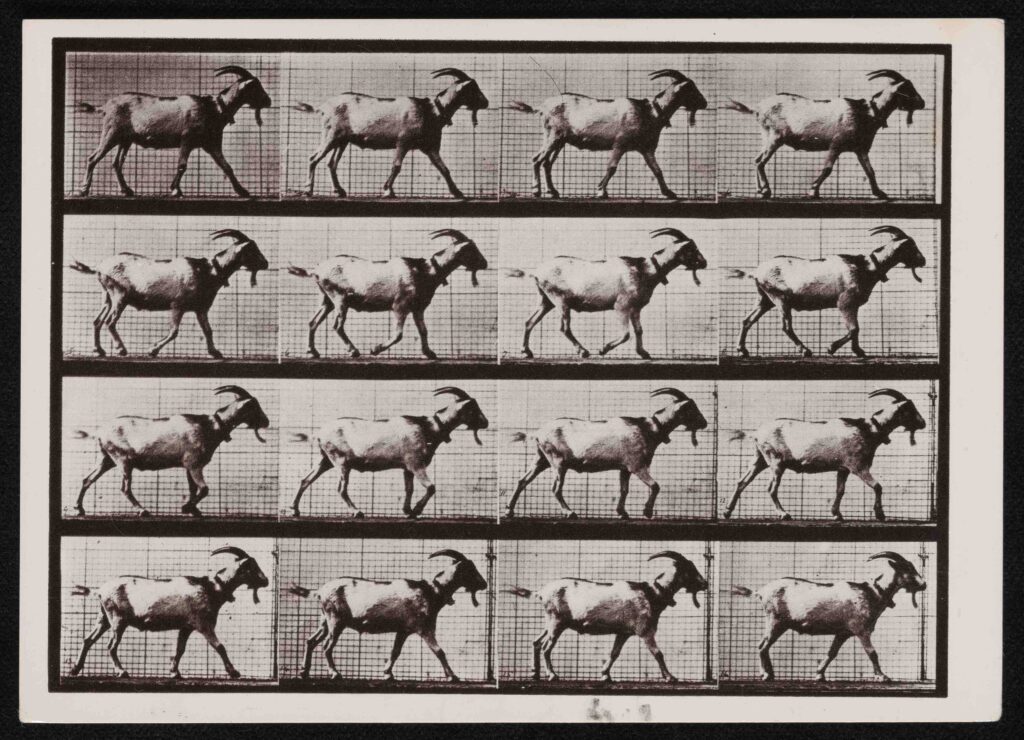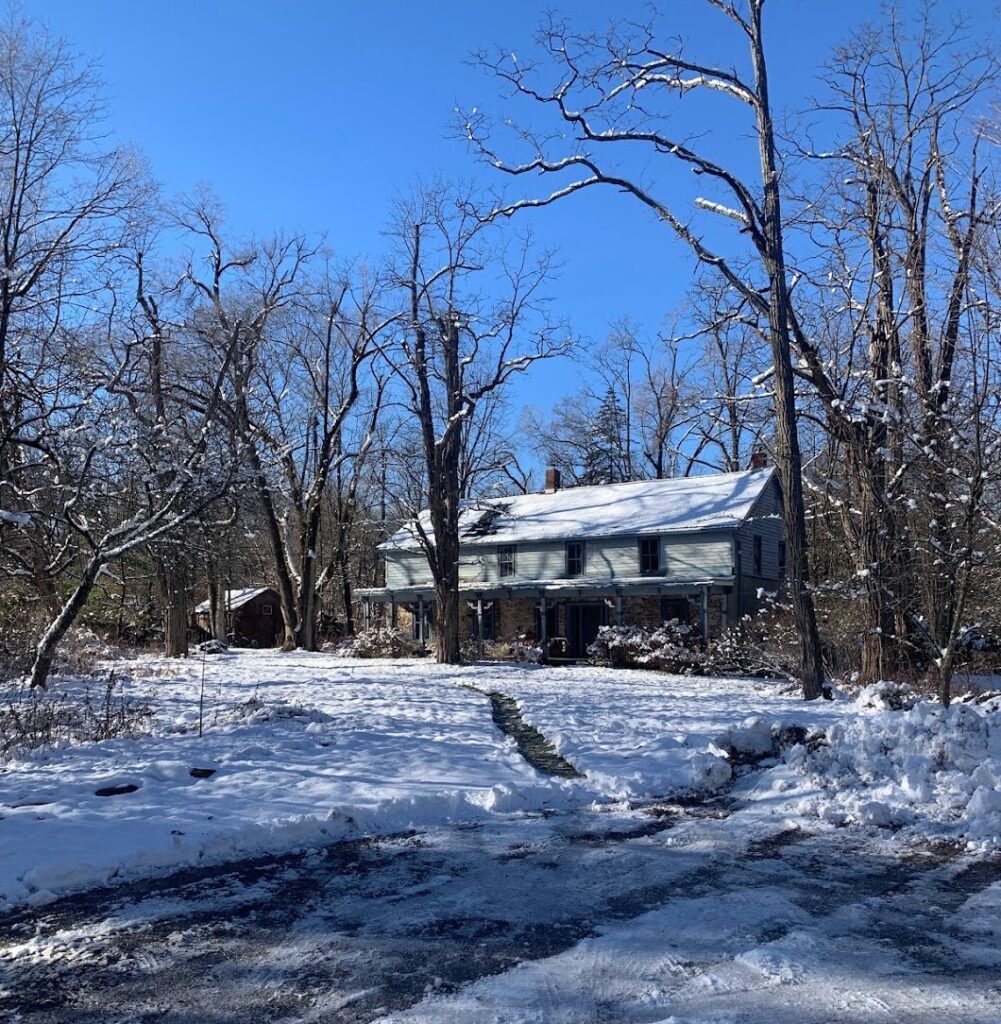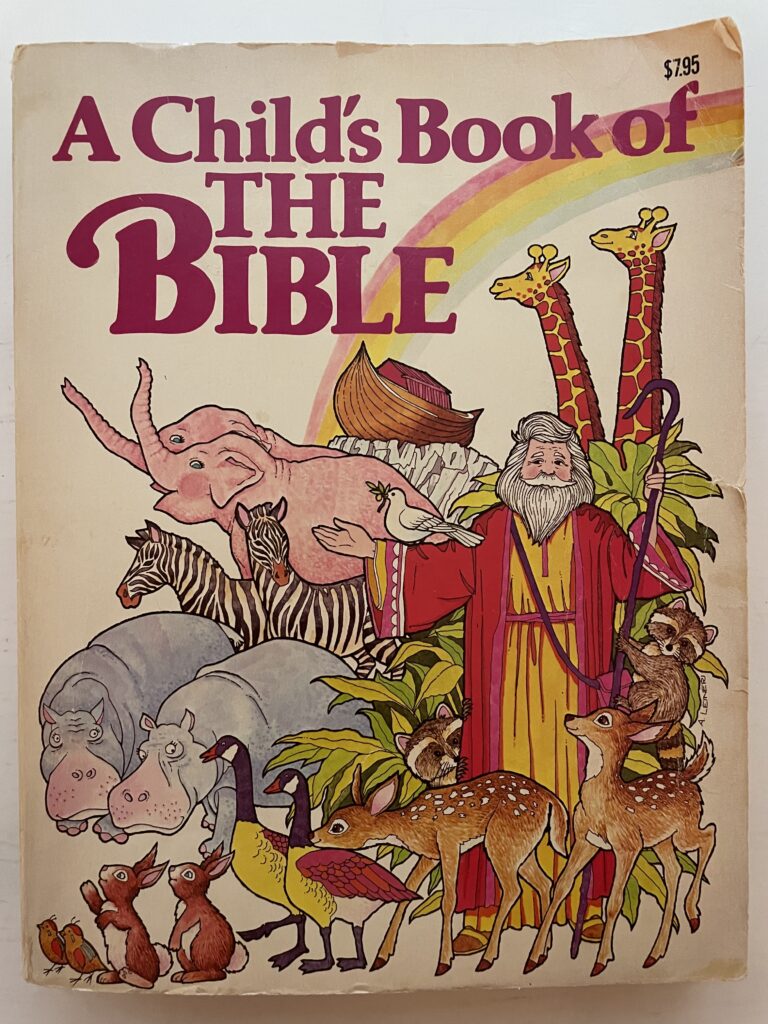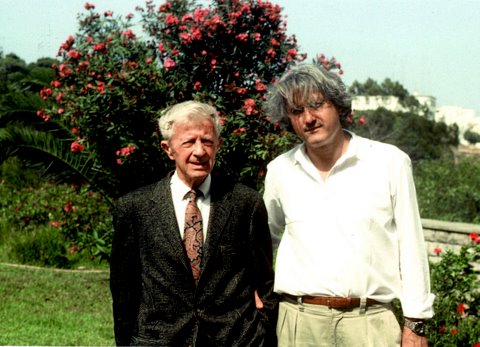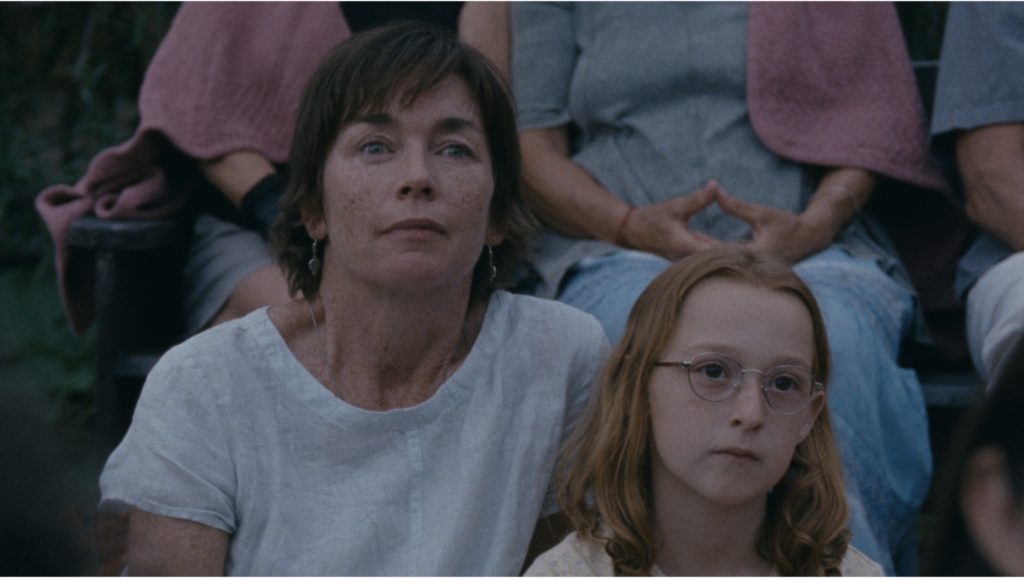I’ll start by saying that I am not a medical professional. I am an autistic school librarian who has discovered Dungeons and Dragons (D&D) as an amazing way to reach a lot of people, have fun, and create a safe place for youth — especially those who are neurodiverse. I can only speak for myself with this article, really, but I know Dungeons and Dragons is helpful to the neurodivergent community because I see it on a daily basis.
I was not diagnosed until my early 40s, and this came as both a shock and a sense of relief at the same time. It also made me feel very depressed, especially for the person that I was when I was young, who struggled a lot but never knew how to articulate it or make any sense of the world. I’ve been using Dungeons and Dragons in a school setting with ages 11-19 now for four years. The game started with just me and six students.
Now, we are running our own Dungeons and Dragons Conventions, and the students are play-testing campaigns that have yet to be published. D&D has infiltrated the entire school in an amazing way, and I could not be happier. I want to share here what the game means to me and how it can help the neurodivergent community based on what I have experienced.
It’s a Social Game
I have always struggled with social situations. This includes making eye contact, engaging in small talk (which I equate to a form of subtle torture), and generally feeling like I do not fit in. Not that you have to fit in, but for my entire life, I have always felt like I do not belong. As a very young kid, I would genuinely search my body for a button that would make me “normal” because I didn’t feel like I understood what the hell was going on, what I was supposed to be doing, and how to “act normal.” It felt like an alien spaceship had dropped me off and left me.
I was riddled with anxiety as a kid, so much so that I would be sick to my stomach from it. I would run away from school any chance that I got, and I became very good at faking illnesses. I did not attend grade six at all after the first few months of school; this is how much I hated social situations. D&D removes this anxiety for me because everyone has arrived for a very specific reason.
Copyright
© Book Riot








